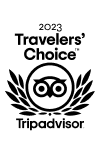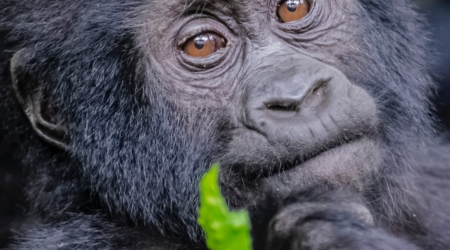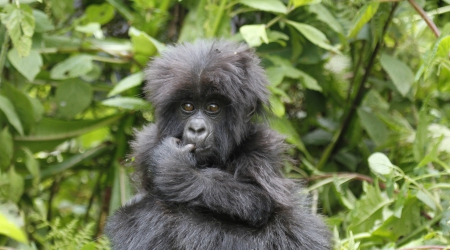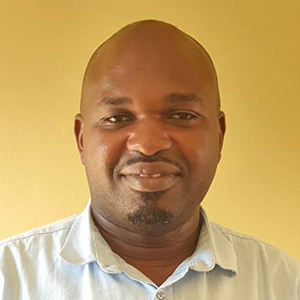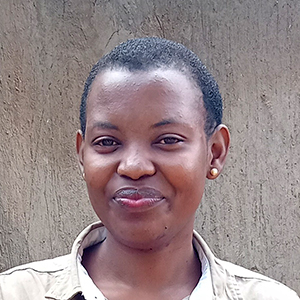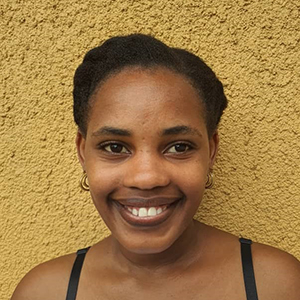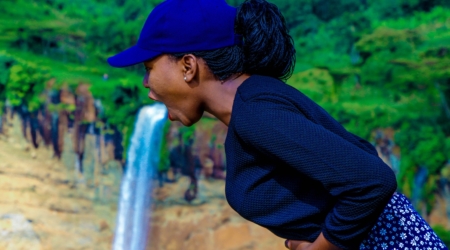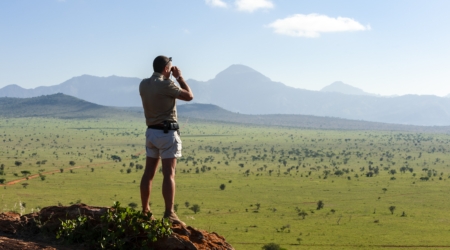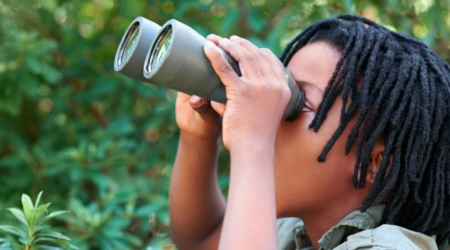Uganda draws attention for its wildlife, culture, and natural beauty. For parents, though, one question matters most: Is Uganda safe for family travel?
That’s a valid concern and one worth answering with care. Uganda offers rewarding experiences, but they are not the same as visiting a fully developed, mass-market destination.
Some areas feel unpredictable. Others are well-organised and used to hosting international families. As with many destinations, safety depends on preparation, awareness, and knowing what to expect.
This guide provides a practical look at family travel in Uganda, based on current conditions, local realities, and industry knowledge. It breaks down safety by location, medical access, and logistics. It highlights which regions are better suited for children and where extra caution is needed.
Safety Overview
Safety in Uganda varies by region and activity. Most family-friendly destinations are stable and routinely visited by international guests. Others require added caution and planning.
Uganda’s political situation remains relatively stable, though occasional demonstrations can occur in urban areas. These rarely affect areas used for nature-based tourism, especially national parks.
Petty theft exists in cities like Kampala and Entebbe. Just like in any large city, parents should watch valuables, avoid walking at night, and use licensed transport options.
In parks and rural lodges, personal security concerns are minimal. Uganda Wildlife Authority rangers patrol most conservation areas. Guided activities follow strict safety briefings.
Road safety deserves extra attention. Traffic in Uganda can be unpredictable, and infrastructure in rural areas often lacks signage or lighting. Parents should hire experienced drivers from registered tour companies, especially when children are in the car.
While violent crime is not a widespread concern in tourism zones, it’s wise to avoid political gatherings and consult local contacts or guides if plans shift.
It’s also important to register with your embassy upon arrival. This gives you access to updates and emergency support, should anything occur.
In summary, Uganda offers safe access to its key tourism sites, especially for well-prepared families working with trusted operators. Awareness and planning make all the difference.
Health Considerations
Health is a top priority when travelling with children, and Uganda requires careful planning. The good news: most health risks are manageable with preparation and local support.
Vaccinations
Yellow fever vaccination is mandatory for entry. Parents should also ensure children are up to date on routine vaccines, including measles, polio, and tetanus. Typhoid and hepatitis A are strongly recommended.
Uganda is a malaria-endemic country. Antimalarial medication is necessary for both adults and children. Consult a travel clinic at least four weeks before departure. Insect repellent, long-sleeved clothing, and bed nets add an extra layer of protection.
Only drink bottled or purified water. Avoid ice cubes unless you’re sure they’re made with filtered water. Choose hot, freshly cooked food. Avoid raw salads and street snacks unless advised by a guide.
In cities like Kampala and Entebbe, you’ll find private clinics that meet international standards. Rural areas often lack advanced facilities. Choose lodges and tour operators who have first-aid training and access to emergency evacuation services.

Comprehensive travel health insurance is essential. Make sure it includes emergency evacuation, since some national parks are hours from the nearest hospital.
Some regions in Uganda sit at higher elevations. While not extreme, it’s best to ease children into altitude slowly. Also, prepare for long drives on bumpy roads — motion sickness is common.
Most restrictions have lifted, but it’s wise to check local guidelines before departure. Some accommodations still follow enhanced hygiene protocols, especially those catering to international guests.
Kid-Friendly Destinations and Activities
Uganda offers several areas where children can enjoy nature and culture safely. However, not every region is practical for family travel. Selection matters.
Queen Elizabeth National Park
This park works well for families due to shorter game drives, boat cruises, and moderate terrain. Kids often enjoy spotting elephants, hippos, and buffalo from the Kazinga Channel boat tour. It’s a low-stress, high-reward activity that doesn’t require sitting in a vehicle for long hours.
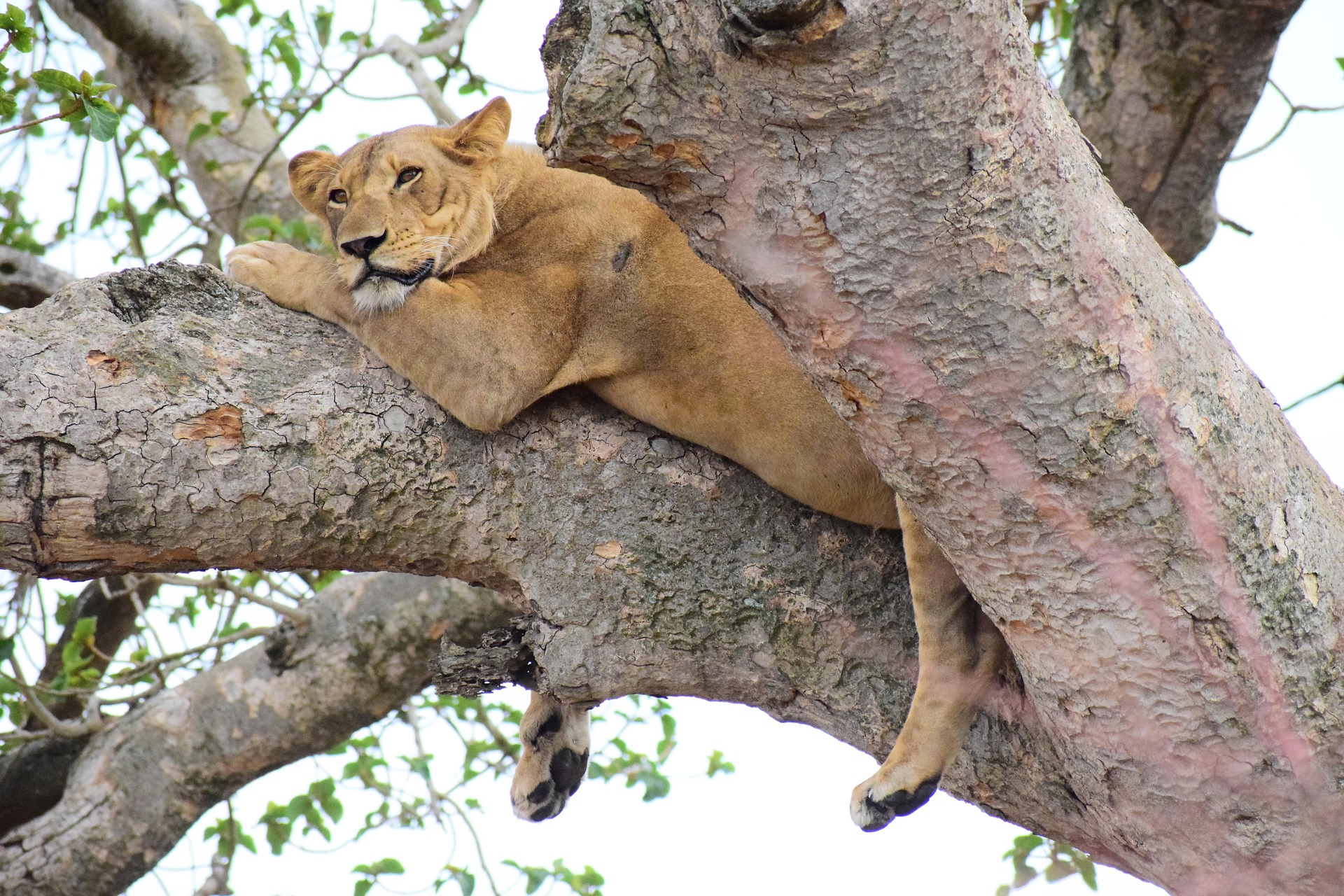
Murchison Falls National Park
Known for dramatic scenery and wildlife density, Murchison provides guided drives on flat terrain and safe boat trips to the base of the falls. Many lodges here accept children and offer flexible mealtimes and early evening activities.
Ziwa Rhino Sanctuary
Located en route to Murchison, this is the only place in Uganda where you can see rhinos on foot. Children above age six can usually join these short, guided treks. The experience is controlled and educational.
Lake Mburo National Park
This smaller park has low malaria risk and fewer predators, making it one of the easiest parks to manage with children. Walking safaris and biking are allowed in designated zones. Zebras and impalas are common sightings.
Chimpanzee Tracking Alternatives
Standard chimpanzee tracking in Kibale requires children to be at least 12 years old. However, nearby nature walks and butterfly trails suit younger kids. Some lodges offer junior ranger programs or nature talks designed for children.
Uganda Wildlife Education Centre (Entebbe)
Ideal as a first or last stop, this facility combines conservation with education. Unlike a zoo, it focuses on native species and wildlife rehabilitation. Children can see lions, shoebills, and reptiles up close, without needing to venture into the bush.
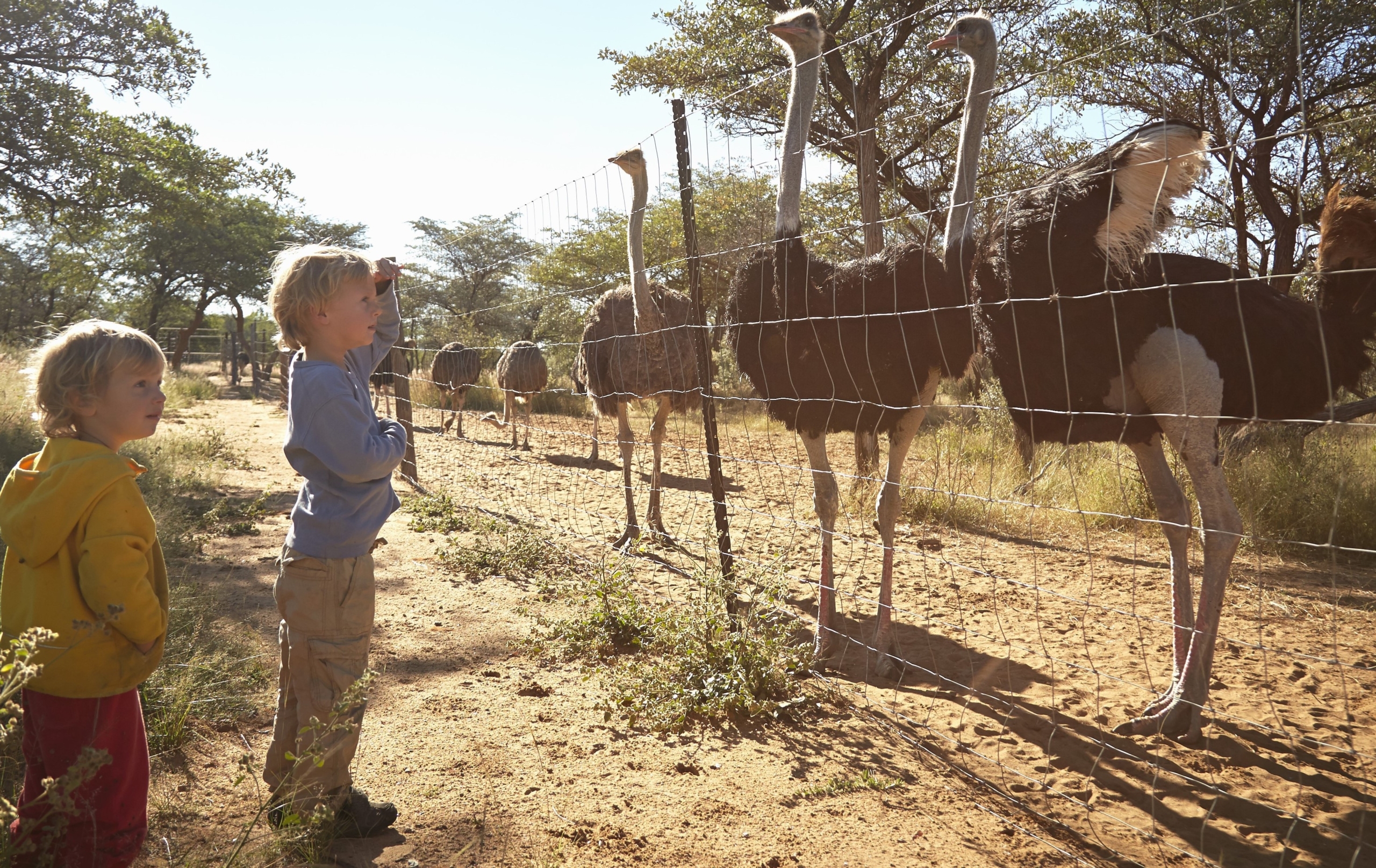
Cultural Visits
Village visits and traditional dance workshops can be fun and engaging, but they work best when arranged through guides who understand what children enjoy and how long they can stay focused. Short, interactive visits tend to go over better than long ceremonies.
Parents should build downtime into the itinerary. Children may tire quickly, especially after long drives. Most child-friendly lodges offer space to relax, explore safely, or play between excursions.
Transport and Getting Around
Getting around Uganda as a family requires planning. Distances are long, road conditions vary widely, and transport safety isn’t consistent across the country.
Road Conditions
Uganda’s main roads between cities like Kampala, Entebbe, and Jinja are paved and well-trafficked. However, secondary roads — especially those leading into national parks — are often gravel or dirt. In dry months, dust can limit visibility. During rainy seasons, these same roads turn muddy and sometimes flood. Many lack guardrails or shoulder space, making even short drives potentially slow and uncomfortable.
Families should avoid driving after dark. Visibility drops sharply, and unlit roads make it hard to spot pedestrians, livestock, or broken-down vehicles.
Vehicle Options
Tour operators use modified safari vehicles with open roofs and reinforced suspension. These vehicles are ideal for game drives, but are not built with young children in mind. Parents should request one with seat belts and confirm in advance if a car seat can be secured. Some vehicles have no rear restraints at all.
Minivans are common in the tourism fleet, especially for small family groups. They offer better space but fewer safety features than SUVS.
Child Car Seats
Car seats are not commonly offered in Uganda. Most local providers do not carry them, and if they do, the quality is inconsistent. Parents should bring their own if travelling with infants or toddlers. Use a compact, foldable model to make air travel and vehicle transfers easier. Notify your tour operator early to ensure the seat can be installed correctly.
Distance and Drive Times
Distances between parks are measured in time, not kilometres. For example, Entebbe to Queen Elizabeth National Park takes about 8 hours by road, including stops. Kampala to Murchison Falls is roughly 6 hours under normal conditions. These are full-day drives, often on bumpy surfaces, and not always easy with younger kids.
It’s smart to limit multi-location itineraries. Staying longer in one place reduces stress and gives children a chance to adapt. Break up drives with planned rest stops or overnight stays in towns like Fort Portal or Masindi.
Domestic Flights
Charter flights are available to airstrips near popular parks. These small aircraft typically carry 6 to 12 passengers. They save time, for example, Entebbe to Bwindi takes about 1 hour by air instead of 10 hours by road, but come at a premium.
Seats are tight, and there are strict luggage weight limits. Most flights allow 15kg total per passenger, including carry-ons. Soft bags are required, and excess baggage fees are high. For infants and toddlers, noise and turbulence can be uncomfortable, so bring ear protection.
Public Transport
Public minibuses and boda-bodas (motorbike taxis) are not safe for family use. They are unpredictable, overcrowded, and often poorly maintained. Even locals with children avoid them when they can. Stick with pre-arranged private transport from licensed companies or hotels.
Boat Transport
In parks like Murchison Falls or Queen Elizabeth, boat safaris are common. Reputable operators supply life jackets for adults and children. However, not all vessels carry child-sized gear. Ask to inspect safety equipment before boarding. Avoid boats operating outside of organised lodges or park-sanctioned providers.
Border Crossings and Checkpoints
If your itinerary crosses into Rwanda or Kenya or involves internal checkpoints, carry all documentation in hard copy. Immigration officers and police occasionally request paperwork. Keep children’s passports and vaccination cards handy.
In short, Uganda’s transport system works well for families when managed carefully. Prioritise safety, schedule rest days, and keep drive times realistic. With the right planning, the journey becomes part of the experience, not a source of stress.
Local Culture and Etiquette
Respecting local norms in Uganda helps families avoid misunderstandings and build positive interactions. Most Ugandans welcome children warmly, but parents should guide their kids on local expectations.
Family Dynamics and Children in Society
Children hold a central role in Ugandan communities. Locals usually greet kids with warmth and curiosity. Strangers may wave, smile, or engage directly with your child.
People may ask questions about your children or reach out to touch their hair or hands. These gestures reflect interest, not disrespect. Still, it’s okay to say no politely or step in if your child feels uneasy.
Ugandan parents expect children to be quiet and respectful in public. Locals will often admire foreign children who follow these norms.
Greetings and Social Interaction
Greetings are taken seriously. A parent should teach their child to say “hello,” “how are you,” or “thank you” when meeting someone.
Adults typically greet with a handshake. Younger people often initiate greetings with elders. Your children may not be expected to shake hands, but polite eye contact helps.
Failure to greet someone, especially in smaller towns or villages, may be seen as rude or dismissive.
Clothing and Modesty
Urban areas are more relaxed, but rural communities value modest dress. Parents should avoid overly short shorts, revealing tops, or flashy jewellery when walking through towns.
For village visits or community-based tourism activities, wear long pants or skirts and covered shoulders. Children don’t need formal wear, but should dress neatly.
Swimwear is acceptable only at pools or lakes. Avoid wearing swimsuits or tank tops in public spaces away from water.
Photography and Privacy
Ugandans value privacy. Always ask before taking someone’s photo, especially in markets or villages. Children should understand that pointing a camera at someone without permission is disrespectful.
Avoid photographing police, government buildings, military vehicles, or checkpoints. This can cause serious issues, even if unintentional.
A good practice is to ask your guide when and where photography is appropriate.
Public Behavior
Loud voices, anger, or impatience are seen as bad manners. Parents should encourage children to stay calm and ask for help respectfully if they’re unsure.
Ugandan society values patience, especially when things don’t go as planned. Losing your temper, even for valid reasons, won’t get a better result.
Teaching your child to be calm and polite in frustrating situations helps them connect better with locals.
Religion and Cultural Sensitivity
Uganda is religiously diverse. Most people identify as Christian or Muslim. In public, people dress modestly and often pray before meals.
You may hear the call to prayer in some towns or see people worshipping outdoors. Show quiet respect, and explain to your children why it matters.
When visiting religious sites, dress conservatively. Remove hats and avoid loud talking. Photos inside churches or mosques are usually not allowed.
Gift-Giving and Community Interaction
Avoid handing out sweets, toys, or money to children in rural areas. It encourages begging and shifts how locals view visitors.
Instead, ask your guide about trusted local projects if you’d like to give. Many schools and clinics accept supplies or donations through proper channels.
Children may want to share something from home — stickers, postcards, or drawings are better than money or candy.
Time and Pacing
Uganda runs on what locals jokingly call “African time.” Things move more slowly. People don’t rush through conversations or appointments.
Parents should help children adjust expectations. Waiting for food or a tour to start may take longer than they’re used to. Patience and flexibility will help your child enjoy the trip without stress.
What Makes Uganda Worth the Effort
Travelling with children in Uganda isn’t effortless, and that’s exactly why it sticks with you.
This country doesn’t hand you a prepackaged experience. It asks you to show up, slow down, and be fully present. That’s where the value is.
Children learn quickly when they feel something directly, not through a screen, but through the rhythm of a new place. Watching them adjust to different foods, sounds, and routines becomes part of the reward.
Uganda gives families a kind of travel that feels earned. Not polished. Not perfect. But honest, deeply human, and worth remembering.
If you’re willing to prepare, stay flexible, and engage respectfully, Uganda offers more than just a destination. It offers perspective.

